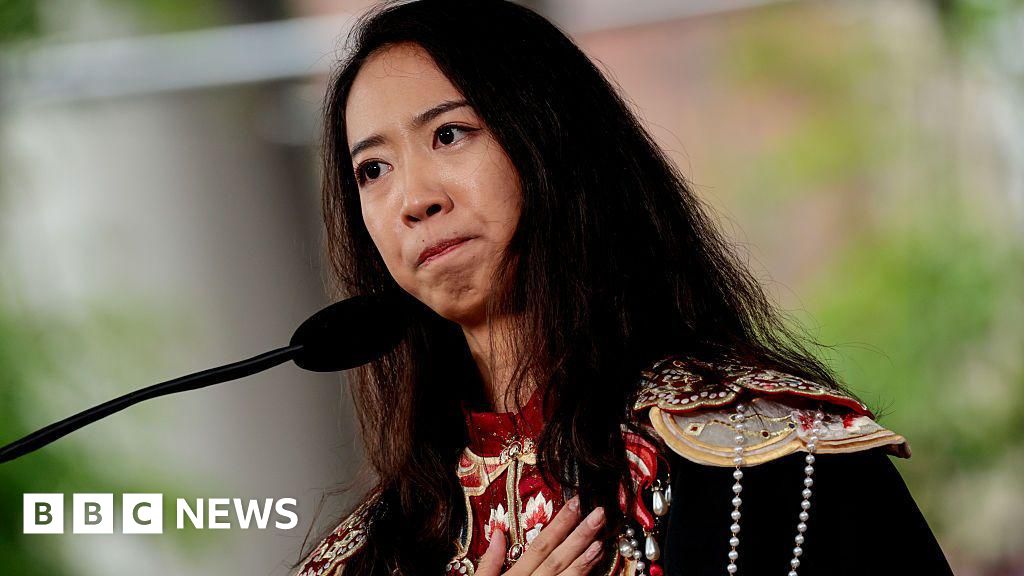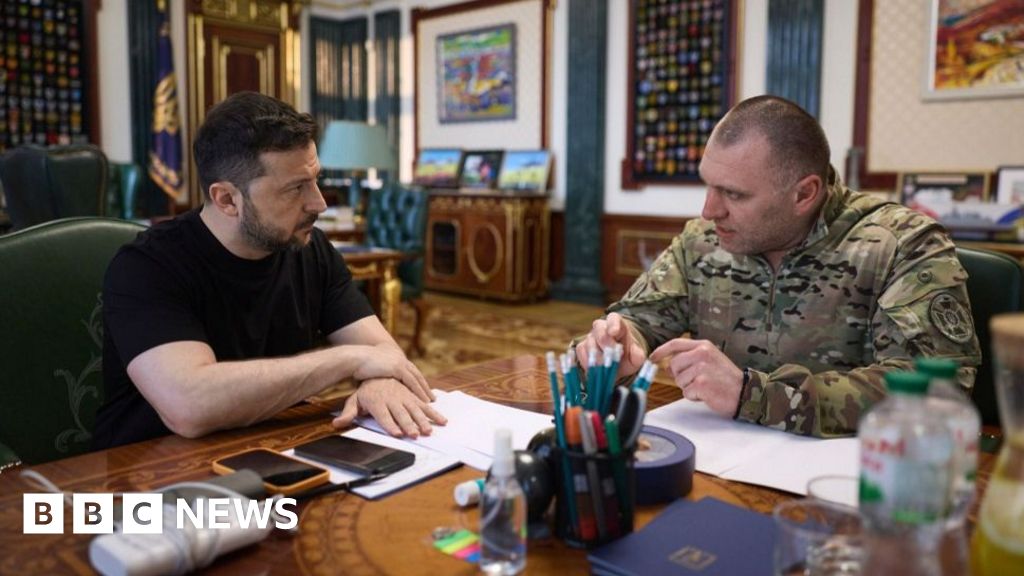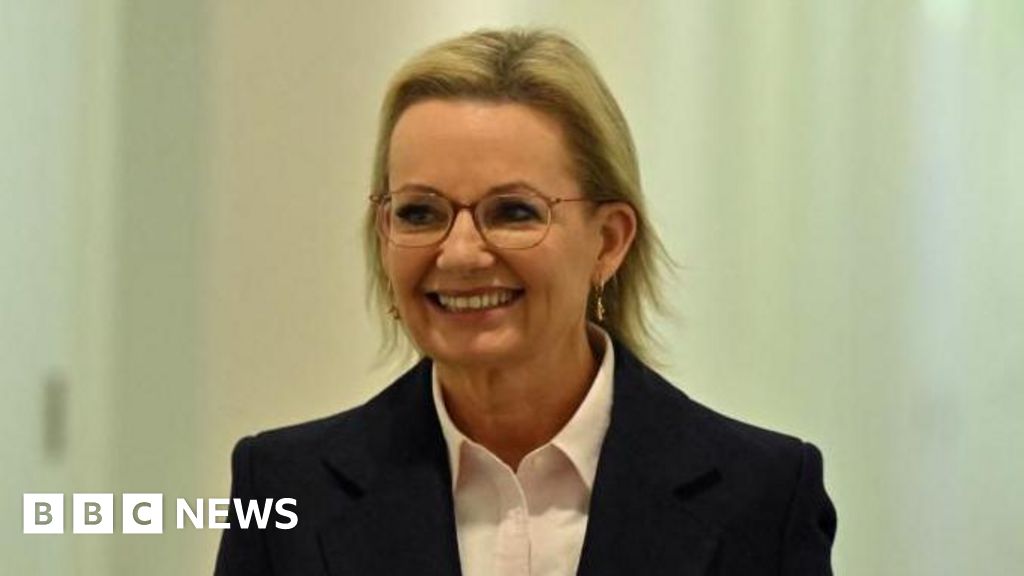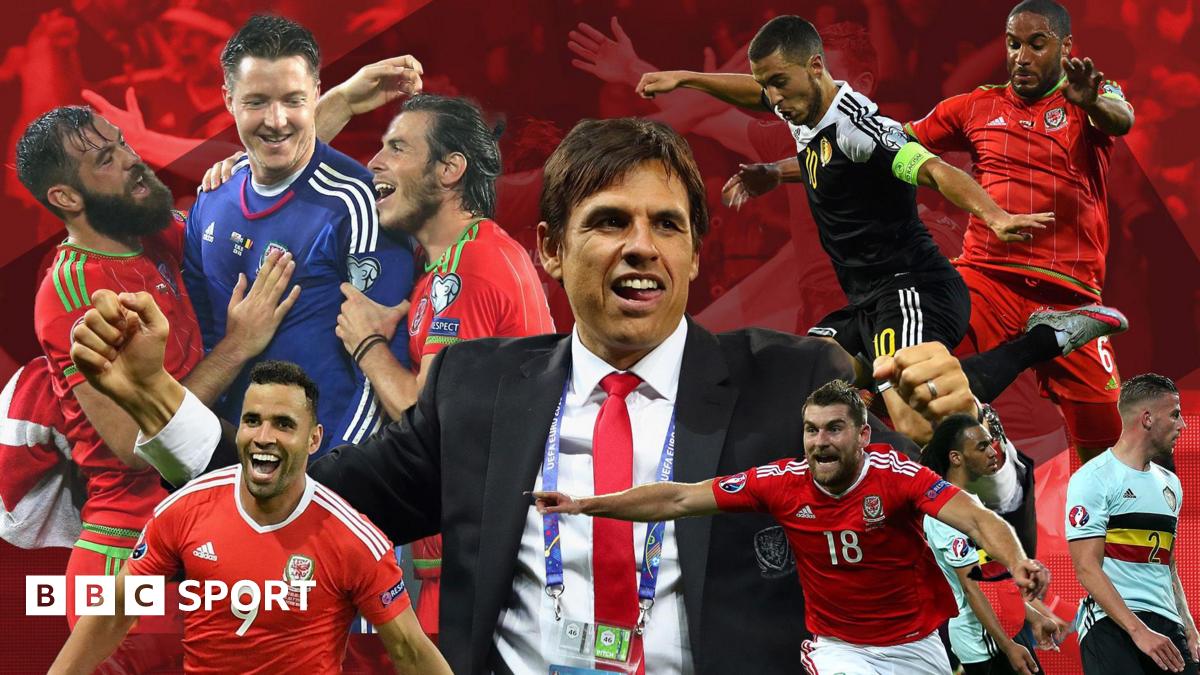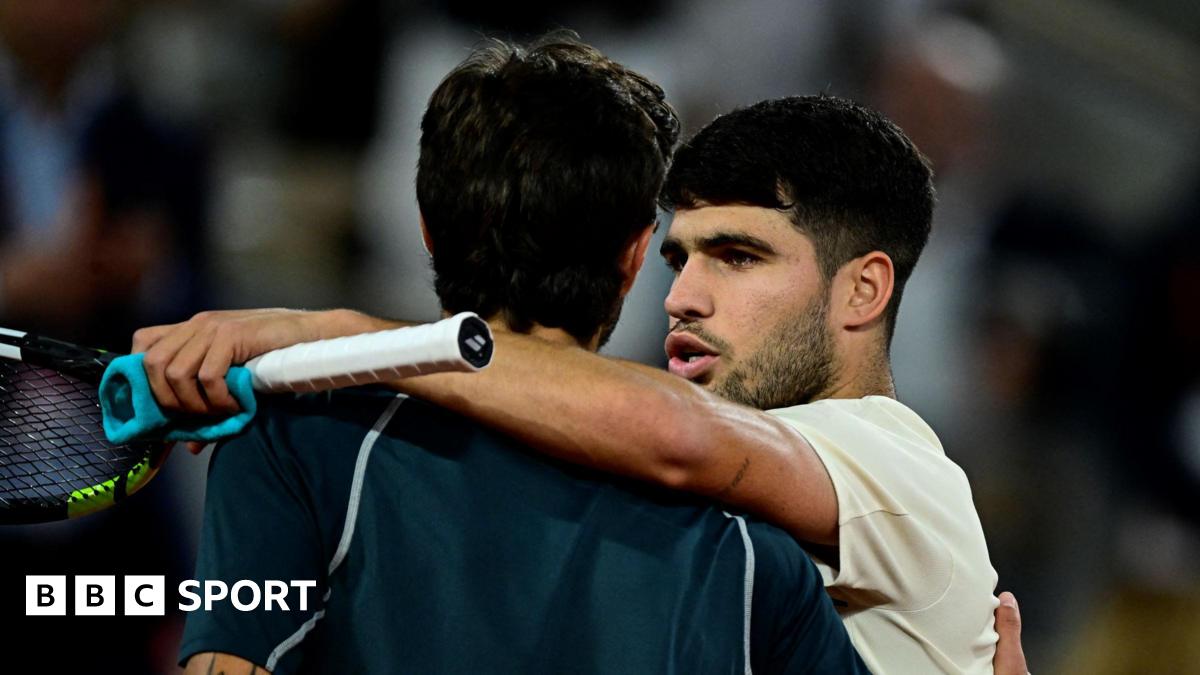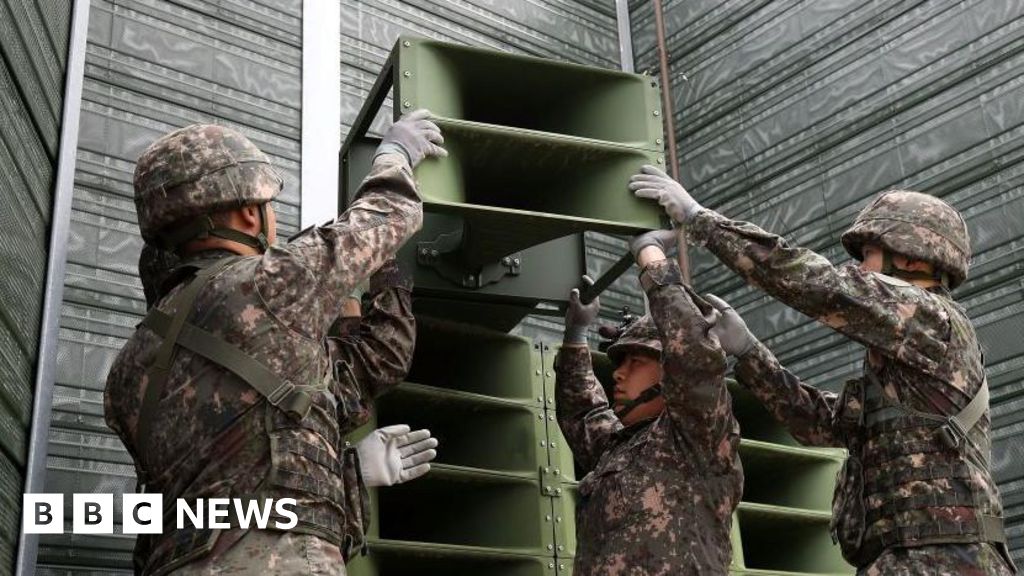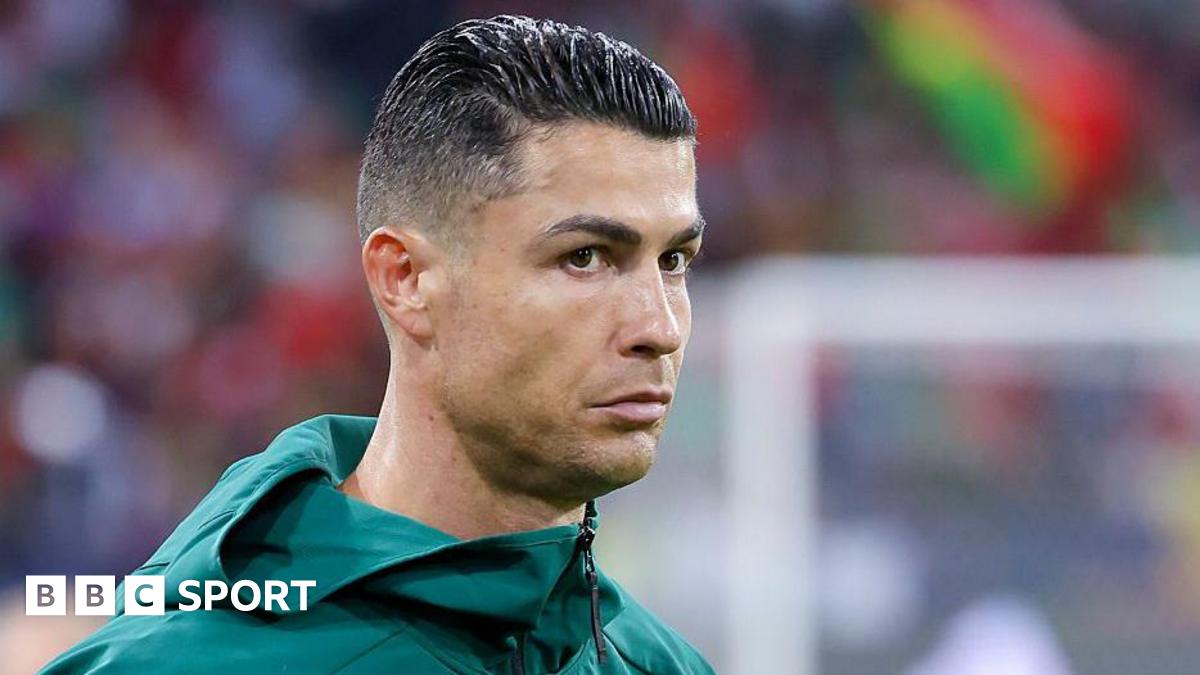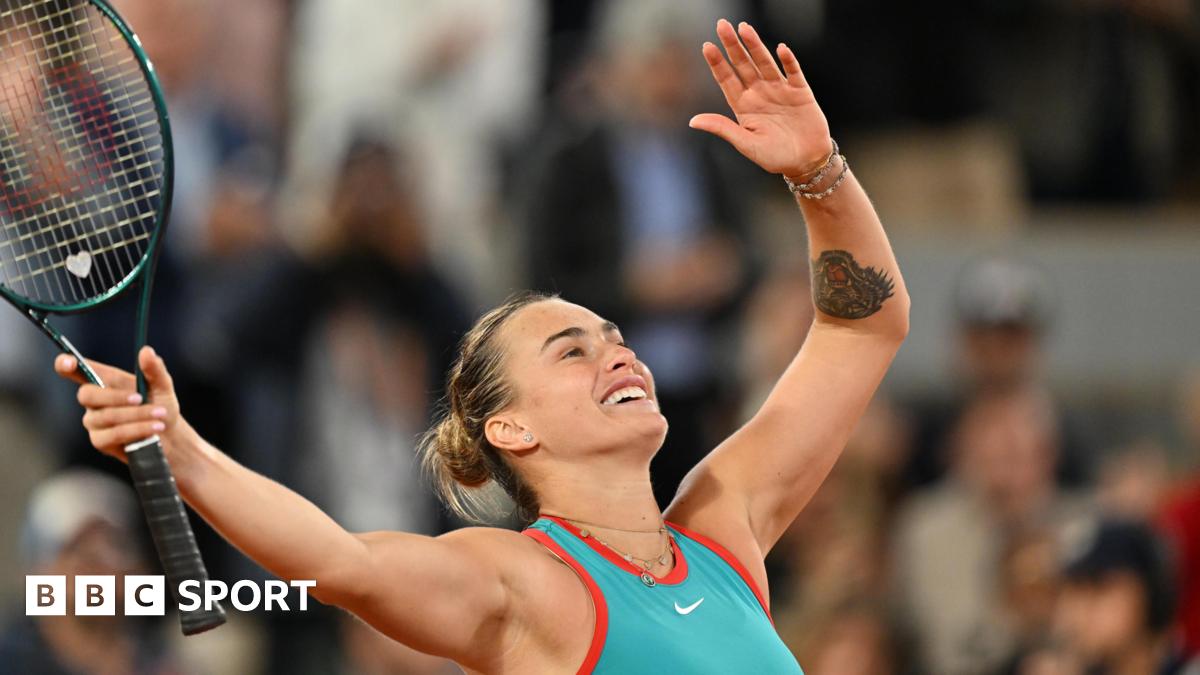
Ryan McGeeMay 23, 2025, 06:50 AM ET
- Senior writer for ESPN The Magazine and ESPN.com
- 2-time Sports Emmy winner
- 2010, 2014 NMPA Writer of the Year
INDIANAPOLIS -- History and controversy and 232-mph race cars and super angry people and a chance to see something that's never happened in 108 previous tries and boiling over emotions and newcomers and veterans and ... did we mention that folks are mad?
Redlining, in more ways than one
When the Indianapolis 500 rolls off Sunday afternoon, it will do so beneath a green flag and dark clouds, literal and figurative. Race week started with a full-blown post-qualifying mess, as the cars of 2018 Indy 500 winner Will Power and two-time defending champion Josef Newgarden, teammates at 20-time 500 winner Team Penske, were sent to the back of the 33-car field after a rules violation regarding the rear end attenuator, the bee stinger-like piece that serves essentially as an IndyCar's backside bumper. The incident resulted in the firing of three top team executives.
During Thursday's media day sessions, nearly every driver in the field was asked about the controversy, and the reactions largely fell into two topical buckets. The first, in the words of Scott Dixon, six-time IndyCar champ: "I look around and see all this young talent, all these veteran stars, and with the cooler weather I really do think it's going to be a tremendous race on Sunday. And it's a shame that instead of all of that, the conversation is about this."
The second camp, to quote Scott McLaughlin, the third Penske racer and the only one not penalized: "It genuinely pisses me off that anyone would dare to question the integrity of [team owner] Roger Penske, whether it's some of you in this room [the media] or our peers in the paddock. So, there will be extra motivation to win on Sunday. To shut that up."
Penske doesn't just own the cars of McLaughlin, Newgarden and Power, he also owns the Indianapolis Motor Speedway as well as the IndyCar Series itself. For the non-motorsports initiated, imagine this stick-and-ball scenario: Remember when Bud Selig was MLB commissioner? Well, imagine that he never handed over day-to-day operations of the team that he owned, the Milwaukee Brewers, to his family, which he did in real life. Now, imagine that the MLB commissioner Bud Selig-run Brewers won the World Series, but then were busted for stealing signs a la the Houston Astros of 2017.
While no one is going to compare a smoothed-over rear end attenuator to an elaborate secret camera/morse code-ish, yearslong sign-stealing system, the context comparison is valid. The man in charge of the integrity of the sport also being in charge of the team that seemed to thumb their noses at that integrity, that's a bad look for everyone, on that team or not. And it's their second big rules snafu in the past 13 months.
The hope for everyone in IndyCar -- certainly "The Captain," the man who owns it all and has won this race more than anyone else -- is that when the crowd, already announced as a grandstand sellout, arrives and when the audience tunes in to the event's new broadcast partner, Fox taking over for NBC, that the positive energy will drown out the negative noise.
"There are two things that fix everything in racing," said Graham Rahal, who will be making his 18th Indy 500 start, five more than his father, 1986 winner Bobby Rahal. "The energy from that grandstand and winning. We get a couple of hundred thousand people in here and get this race started, the conversation around all of this will change."
Then an eavesdropping PR rep shouted in response, with a laugh, "That depends on who the winner is!"
No. 2 going for No. 3
The worse news for Newgarden is that, statistically speaking, his new starting spot would appear to make it impossible for him to do something that has never happened before: winning a third consecutive Indy 500. The odds were already against him. He is only fifth driver to win back-to-back and only the second of this century. The first three failed to finish their three-peat attempts, the past two -- Al Unser in 1972 and Helio Castroneves in 2003 -- both finished second.
• 1941: Wilbur Shaw -- 18th, crash
• 1949: Mauri Rose -- 13th, mechanical failure
• 1955: Bill Vukovich -- 25th, fatal crash
• 1972: Al Unser -- second behind Mark Donohue
• 2003: Helio Castroneves -- second behind Team Penske teammate Gil de Ferran
Add that to Newgarden's final row starting position and the math is bleak. The deepest starting position for a winner of this race is 28th. Ray Harroun did it in the inaugural event in 1911, fittingly in a car called the Marmon Wasp because it had a very long rear stinger of its own, and it was repeated in 1936 by Louis Meyer, the first time the winner drank milk (more on that later).
The better news for Newgarden is that today's field of nearly identical cars and driver talent has made this a much more wide-open event than it used to be. For decades, it was a very big deal to have a 500 with more than a few lead changes. In 1993, there were a dozen different leaders and people lost their minds. In the past 10 races, there have been 11 or more leaders eight times. The past two 500s produced 52 and 48 lead changes, respectively, with Newgarden seizing the final lead during the final lap of both events.
"I will be a lot more surprised to not see [Newgarden] up with us at some point that I will be to see him," said Dixon, who will make his own history Sunday when, starting fourth, he will surpass Mario Andretti for most IndyCar starts all time. "The nature of this race opens that door. And clearly, he knows his way around this place."
Winners, wunderkinds and white hairs
Dixon and Newgarden are among the eight former Indy 500 winners in Sunday's field, only two shy of the record set in 1992, joined by Castroneves, who seeks to become the first five-time winner, and two-time victor Takuma Sato, as well as Dixon's fellow one-timers Power, Ryan Hunter-Reay, Alexander Rossi and Marcus Ericsson. Castroneves, who turned 50 years old on May 10, will become the 15th driver to start the race as a quinquagenarian and the first in 25 years. The oldest winner of the race was Unser, who was 47 years and 360 days when he took his fourth checkers in 1987.
On the flip side of the calendar, three kid racers have a chance to become the all-time youngest to kiss the bricks. Nolan Siegel, Kyffin Simpson and Louis Foster are 20, 20 and 21, respectively, and the youngest to win was Troy Ruttman, who was 22 years old when he tasted victory in 1952.
The oldest driver to start an Indy 500 is four-time winner A.J. Foyt, who was 57 in 1992. The youngest? A.J. Foyt IV, who turned 19 on May 25, 2003, which just happened to be race day.
Foster and Seigel are two of the three rookies in the field. If you're looking for the third, cast your eyes to the front row. Robert Shwartzman -- born in Israel, raised in Russia and a name Formula 1 fans might recognize after his years in the Ferrari development system -- has never run an oval race, yet won the pole with a four-lap speed of 232.790 mph and became only the third rookie to win the Indy 500 pole on the racetrack and the first since Teo Fabi in 1983.
If you like numerological, mystical, magical kind of stuff, Shwartzman did it driving the No. 83 car, the first time that number has started No. 1 in this race. What's more, his Prema Racing team is also a rookie, making its Indy 500 debut, having hired a lot of familiar Gasoline Alley faces for help, including another former Indy 500 pole sitter in Ryan Briscoe, who you may know as the husband of "SportsCenter" anchor Nicole Briscoe.
The fast and furious
The field average speed for the 33 drivers is 231.207 mph, the third fastest in Indy 500 history. The second fastest was one year ago at 231.943 mph. The fastest was two years ago, at a ludicrous speed level of 232.184 mph.
To make the inaugural race in 1911, cars were required to top 75 mph over a quarter-mile distance, and they were in. Fifty years later, Eddie Sachs won the 1961 pole at 147.481 mph. The first driver to top 200 mph was Tom Sneva, and he didn't do that until 1977.
"It's as much about how it feels as it is the actual speed," said Tony Kanaan, the 2013 Indy 500 champion, who made his debut in 2002 and now serves as team principal for Arrow McLaren. "My last start was 2023, and on paper the speeds were similar to what we did my first year [he qualified at 230.253 mph] but now the entire field is going that fast and it's crowded out there all the time, and the cars are very different. Visibly, you can see it. And I promise you that in the cockpit you can feel it!"
Double duty X 2
Kanaan and his Arrow McLaren coworkers will be thrashing on their four cars at Indy on Sunday morning, all while keeping an eye on their teammates in Monaco, as McLaren tries to keep their F1 championship-leading season rolling on the streets of Monte Carlo.
Then, after what they hope will be a post-Indy 500 victory celebration, they will all turn their eyes to NASCAR at Charlotte Motor Speedway, where Kyle Larson will have stepped out of his No. 17 Arrow McLaren IndyCar, sponsored by HendrickCars.com, and jetted south to drive his No. 5 Hendrick Motorsports Cup Series Chevy Camaro. It's his second straight attempt at Memorial Day double duty, something that hasn't been accomplished in more than a decade. Mother Nature tortured Larson one year ago. This year's forecast looks much more favorable.
"By this time last year, we were already like, 'Oh man, this doesn't look great,' and this year looks way better," Larson recalled of 2024. "But I've been racing long enough to know not to get too excited about weather reports until they become actual weather."
'Gimme that milk!'
We promised you milk info, and here we are.
Should Shwartzman become the 22nd racer to win the Indy 500 from the pole, he will slug down a jug of whole milk in the winner's circle, and he's not alone in his dairy decision. All 33 drivers have already made their milk selection known, should they win the race, and 28 of them have tabbed whole milk as their bovine beverage of choice. The other five have all gone with 2%, and none selected skim.
In years past, drivers have lobbied the American Dairy Association of Indiana to add chocolate, strawberry and buttermilk to the menu, but the basic trio of white makes up the complete list. Why buttermilk? Because that's how this tradition began, when farm-raised Louis Meyer sought to cool off by asking for a bottle of buttermilk. Some very alert Indiana dairy executives saw the photo in the paper the next day and also saw a marketing opportunity.
By 1956, the milk jug became as much a part of the Greatest Spectacle in Racing as the Borg-Warner Trophy and singing "Back Home Again in Indiana." Anyone in Indianapolis this weekend will see people from sports bars to tailgates guzzling beer, brown fermented juices and, yeah, sure, maybe milk too, from the iconic longneck fat-bottomed glass bottles.
The only pushback came in 1993, when Emerson Fittipaldi famously gulped OJ to promote his orange grove business back home in Brazil. Everyone else makes more like Arie Luyendyk, who desperately exclaimed "Gimme that goddamn milk!" live on ABC after his second Indy 500 win in 1997.
"It's going to be pretty cool on race day this year," two-time winner Sato said Thursday. "Normally it's so hot here and we are so exhausted and sweaty after the race, I am not totally sure what temperature they keep that milk chilled, but it's perfect. The greatest taste in the world."































